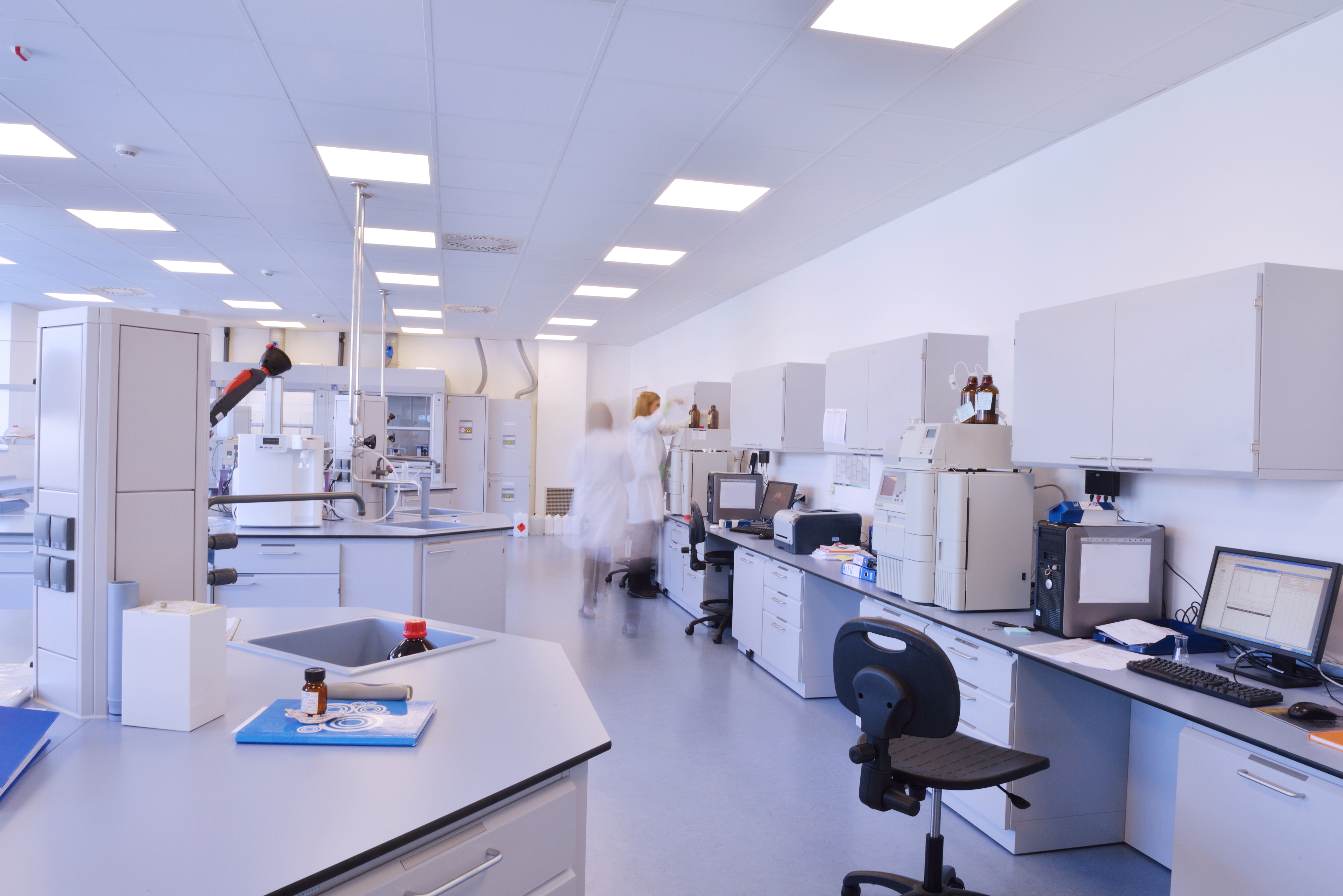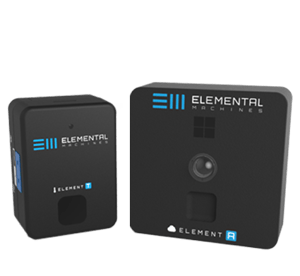Building the Case for a Dedicated Lab Monitoring Solution

Lab operations are a critical part of any life sciences organization. Due to the complex nature of work that takes place in labs, there are special considerations for monitoring lab facilities as compared to monitoring the rest of the facility. R&D projects can take weeks, months, or even years to complete, so there’s a huge incentive to make sure that progress is not impeded by preventable circumstances. To address this concern, many organizations turn to building management systems that not only monitor the lab but the rest of the facility. It seems like the solution that can kill two birds with one stone, but as we mentioned there are special circumstances that should be taken into consideration for lab monitoring. In such cases, a dedicated monitoring system such as the Elemental Machines Lab Monitoring Platform can provide lab managers, scientists, and engineers with the flexibility and features that are useful for their work.
There are four main advantages of using a dedicated lab monitoring system:
- User Management System
- Easy installation
- Better Data Management
- Flexibility
Let’s explore each of these characteristics in detail.
User Management System
A dedicated lab monitoring system can be configured specifically to meet the needs of lab personnel. Often this is managed by the lab manager who can grant appropriate access to lab staff. After all, these are the people who use the equipment everyday. If something goes wrong, they want to be the first to know because it’s their work at stake. The staff is more knowledgeable about the lab equipment compared to anyone else at the company. When there is an issue, they are alerted first and know the best course of action to correct the problem.
Personnel shifts are also easy to manage with a dedicated monitoring system. When a new member joins the team, a lab manager can easily configure a new user profile with the appropriate level of access. Similarly, when someone leaves the organization, the lab manager can disable that account.
Lastly, with a dedicated monitoring system, data can also be shared via access to an online dashboard with the people who need it, both within and outside your department. How many times have you tried to access information at your company only to find out that the information you need is physically located at another site or worse across multiple sites or that your simply don’t have the network permission for fear that granting access to extra people may lead to inappropriate, unnecessary changes. With dedicated monitoring systems, you can eliminate this fear through role-based permissions.
Building Management System
By contrast, a building management system is usually managed by the facilities department. The facilities staff has a lot more to manage for an entire building or even campus, such as HVAC, power, etc. Even when facilities personnel respond to a lab issue, they may not know the best course of action for the issue. Should an alarming instrument be powered off? Should you troubleshoot? Are there valuable samples inside that need to be preserved? Additionally, whatever action(s) are taken may not be thoroughly documented/communicated back to the lab staff. It makes a big difference if equipment was restarted (because settings were lost) or powered off for some period of time (and so frozen samples were thawed). It’s best if lab staff responds to alarms directly. Unfortunately, however, with a building management system, they don’t necessarily get access to this information.
Installation
 Dedicated Monitoring System
Dedicated Monitoring System
A dedicated lab monitoring system is very easy to install. The latest systems are wireless, battery operated (for outlet strapped labs), and easy to affix to equipment surfaces thanks to magnetic backings. There is no need to drill holes or fuss around with equipment or building infrastructure to get your lab up and running with its own dedicated monitoring system. This characteristic also comes in handy when your lab is expanding, moving within a facility or moving facilities altogether. Easy, noninvasive installs eliminate the need for expensive construction or building infrastructure requirements. It translates to getting your new lab space up and running quickly!
Building Management System
Setting up lab monitoring through a building management system can be a complex task as these may need to be hard-wired into your facility. That could mean that it takes you longer to get your lab up and running.
Data Management
Dedicated Monitoring System
 Dedicated lab monitoring systems provide for better data management since they are specifically tailored to meet the needs of lab managers, scientists, and engineers in the life sciences space. For example, data is automatically collected 24/7 from your lab equipment and made available for remote review and/or transfer to a LIMS/ELN. This allows you and your team to keep an eye on things and document events even when you are not onsite. When an issue does occur and you are not onsite, you are able to receive email and/or text alerts giving you detailed information about the alerting condition. You can get even more information on the circumstances leading up to the alerting condition by reviewing the history on an online dashboard. Some monitoring systems allow you to annotate the data to provide information on the resolution or context behind the alert (eg. Accidentally unplugged freezer). All this provides for comprehensive lab equipment records. A robust lab monitoring system can even generate equipment reports in 21 CFR Part 11 compliant formats that can be used in quality audits. Basically, with a dedicated lab monitoring system, the data is managed much more closely by key stakeholders.
Dedicated lab monitoring systems provide for better data management since they are specifically tailored to meet the needs of lab managers, scientists, and engineers in the life sciences space. For example, data is automatically collected 24/7 from your lab equipment and made available for remote review and/or transfer to a LIMS/ELN. This allows you and your team to keep an eye on things and document events even when you are not onsite. When an issue does occur and you are not onsite, you are able to receive email and/or text alerts giving you detailed information about the alerting condition. You can get even more information on the circumstances leading up to the alerting condition by reviewing the history on an online dashboard. Some monitoring systems allow you to annotate the data to provide information on the resolution or context behind the alert (eg. Accidentally unplugged freezer). All this provides for comprehensive lab equipment records. A robust lab monitoring system can even generate equipment reports in 21 CFR Part 11 compliant formats that can be used in quality audits. Basically, with a dedicated lab monitoring system, the data is managed much more closely by key stakeholders.
Building Management System
By contrast, building management systems are a lot more restrictive. Sometimes these systems generate nebulous messages about alerting conditions. Furthermore, access to data leading up to the alerting condition may be limited. That doesn’t give the responsible person much information to go by when determining the corrective course of action. Additionally, data may not be easily exported from the system, or even integrate with LIMS or ELNs. And since building management systems have a much broader scope than just labs, it’s almost certain that the data they collect does not support 21 CFR Part 11 compliance.
Flexibility
Dedicated Monitoring System

Lastly, dedicated lab monitoring systems can offer more flexibility than building management systems. Dedicated lab monitoring systems can connect to more types of lab equipment than a building management system. Additionally, scaling up, whether in the same building or across multiple sites, can be much easier with a dedicated monitoring system, especially when the monitoring devices are wireless and battery operated.
Building Management System
Because building management systems are meant to monitor buildings, not specifically labs, they may not be able to connect to all types of mission critical lab equipment, so you may miss out on monitoring everything you need. Additionally, if your lab expands, then extending the monitoring needs through a building management system can be pretty complex as these systems may need to be hard-wired into your new space. Having a lab that spans multiple sites introduces a whole new level of complexity for building management system, one that such systems may not be equipped to handle.
With such unique advantages, a dedicated lab monitoring system could be just the peace of mind solution you and your team are looking for – a tool that was generated specifically for your needs. To learn more about dedicated lab monitoring systems, such as the Elemental Machines platform, contact us for a demo.
Never miss a beat...
Subscribe to our bi-monthly EM Connect Newsletter to stay up-to-date on all things LabOps, biotech, and more!
